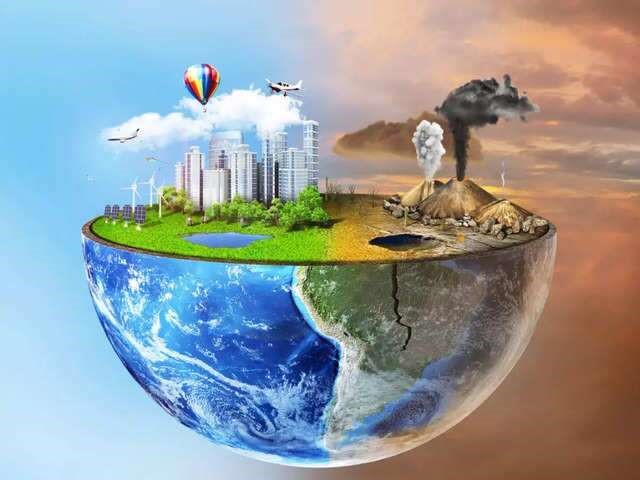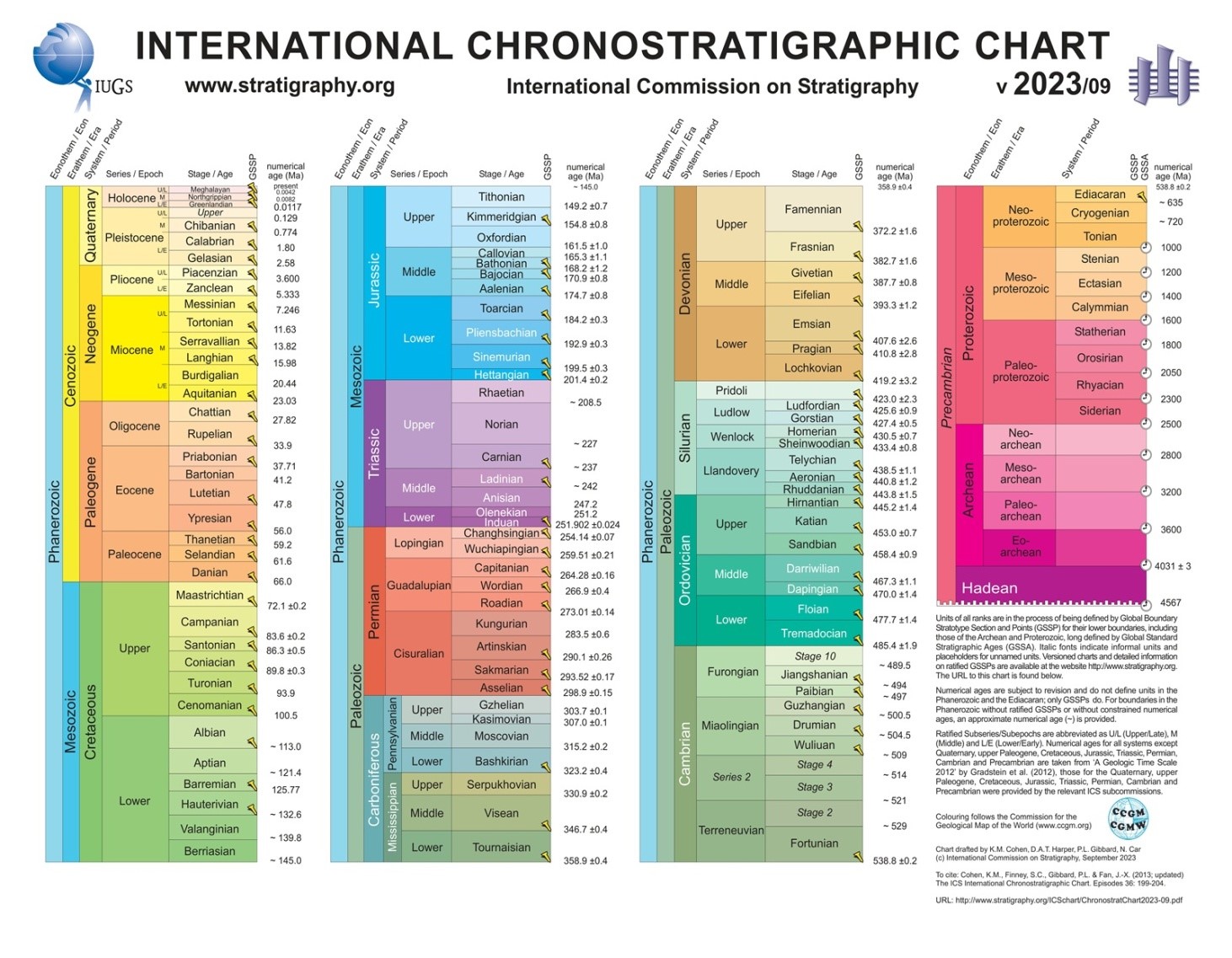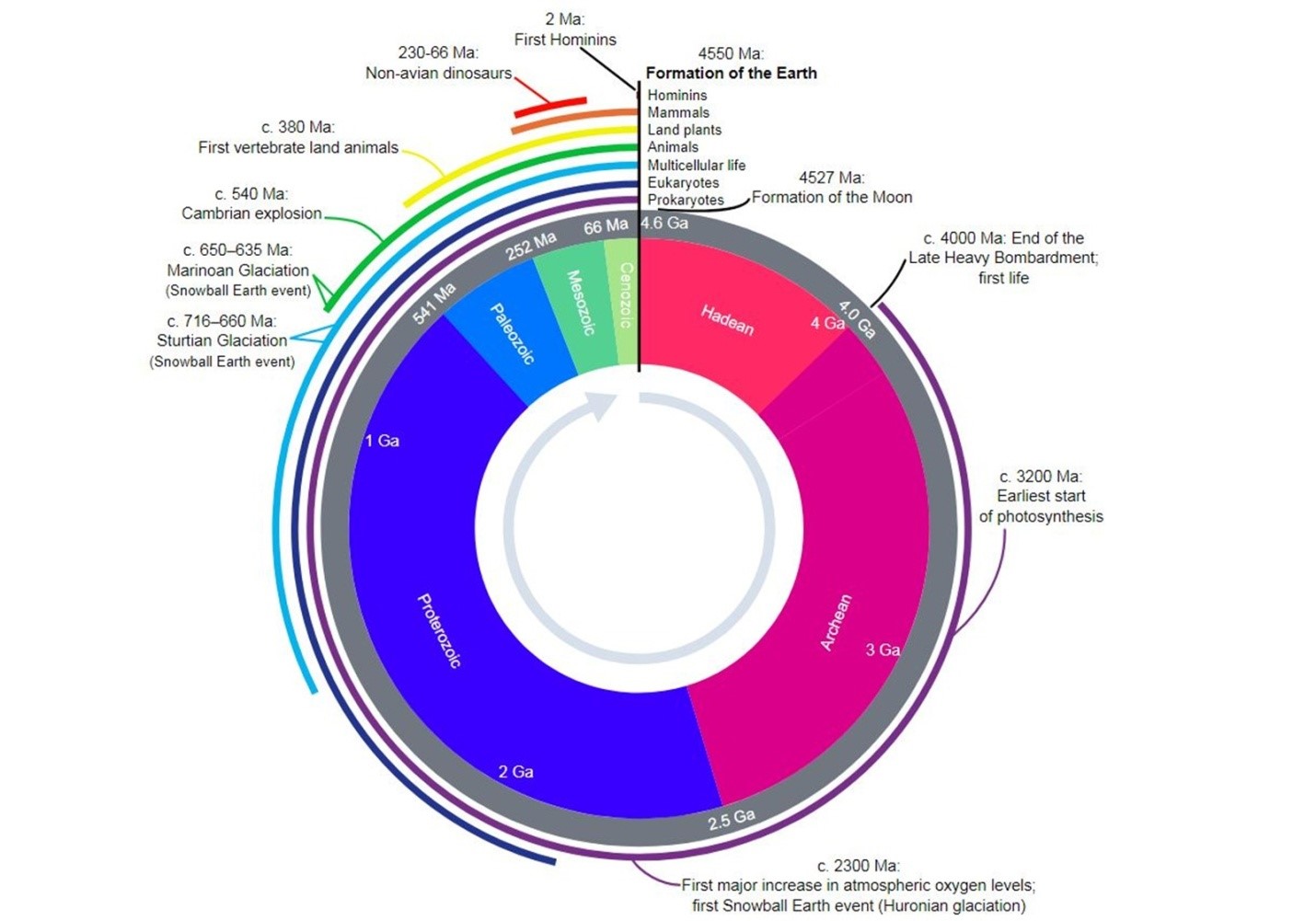Free Courses Sale ends Soon, Get It Now


Free Courses Sale ends Soon, Get It Now



Disclaimer: Copyright infringement not intended.
Context:
A committee of 18 scientists have voted down a proposal to declare the start of the Anthropocene, or the “Human Epoch”, in geologic time.
Details:
A timeline of Planet Earth


The proposed ‘Human Epoch’
Rejection of the proposal
Criticism
Long live the Anthropocene
|
PRACTICE QUESTION Paul J. Crutzen, who often used the term 'Anthropocene' and who won the Nobel Prize for Chemistry in the year 1995, was a citizen of:
Answer A |
© 2024 iasgyan. All right reserved